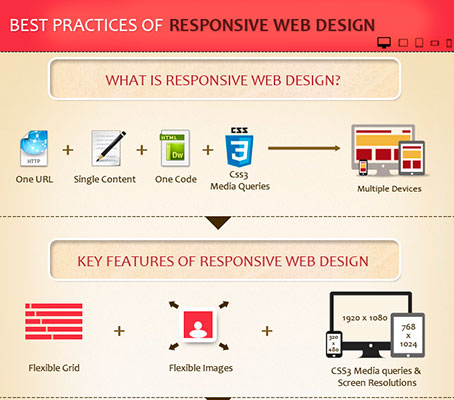Site Design Essentials: Tips For Building A User-Friendly Website
Site Design Essentials: Tips For Building A User-Friendly Website
Blog Article
Content Writer-Hall Daugaard
When it pertains to web site layout, making certain user-friendliness is essential. From responsive layout to structured navigation, every component plays a critical function in developing a site that satisfies your target market's demands. However what about the better information that can make or break an individual's surfing experience? Remain tuned as we uncover some often-overlooked tips that can boost your internet site's functionality to the next level, making it absolutely stand out in the digital landscape.
Significance of Responsive Style
Responsive style is an important element of modern-day site growth. Guaranteeing your site is responsive means that it can adapt to different screen sizes and gadgets, providing a seamless experience for customers.
With the boosting use of smartphones and tablet computers to access the internet, having a responsive style is essential for getting to a bigger target market. https://squareblogs.net/alton85dewitt/the-advancement-of-website-design-after-that-and-now helps in improving individual experience by making your site simple to browse and keep reading any type of device.
Furthermore, receptive design can favorably impact your internet search engine positions, as internet search engine like Google prioritize mobile-friendly web sites. By having a receptive design, you're also future-proofing your site, as new gadgets with differing display sizes remain to arise.
Simplify Navigating Framework
To enhance customer experience and promote very easy accessibility to info on your site, simplifying the navigating structure is vital. When developing your site, concentrate on producing a clear and user-friendly navigation menu that aids site visitors find what they're searching for quickly.
https://martechseries.com/mts-insights/guest-authors/market-share-can-boost-and-improve-your-marketing-strategy/ of food selection things to the basics, grouping associated web pages together to prevent frustrating users. Use descriptive tags that clearly suggest the material of each page, making it easier for users to comprehend where each web link will take them.
Take into consideration implementing dropdown menus for subcategories to avoid cluttering the major navigation bar. Furthermore, include a search bar prominently on the web page for customers who prefer searching for specific details.
Prioritize mobile responsiveness in your navigating style to ensure very easy accessibility on all tools.
Optimize Page Load Speed
Improving web page lots speed is vital for preserving visitors on your internet site. Slow-loading web pages discourage individuals and can result in high bounce prices. To enhance web page lots speed, start by enhancing photos. Compress pictures without endangering top quality to minimize their file sizes.
Furthermore, enable browser caching to keep regularly accessed sources locally, quickening tons times for returning visitors. Minify CSS, JavaScript, and HTML documents by getting rid of unneeded personalities, comments, and format, boosting lots rate.
Consider using a web content shipment network (CDN) to disperse your web site's material throughout numerous web servers worldwide, minimizing latency for customers accessing your website from various locations. Last but not least, limit using third-party scripts and plugins, as they can significantly influence lots times.
Conclusion
Finally, by incorporating responsive style, streamlining navigation, and enhancing page load rate, you can create an easy to use website that interest a wider audience and enhances user experience. These essential elements ensure that site visitors can conveniently gain access to and browse your website across various tools, causing boosted interaction and satisfaction. By concentrating on these essential aspects, you can develop a successful internet site that keeps users coming back for even more.
